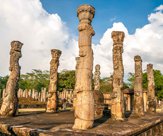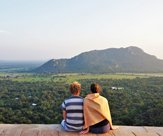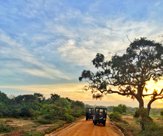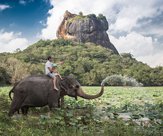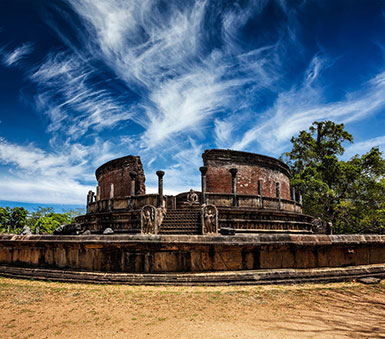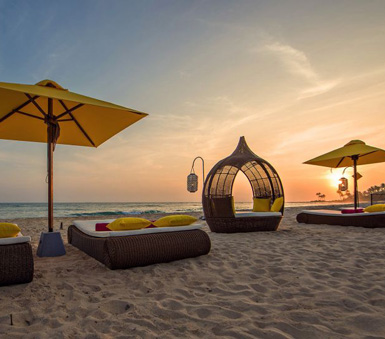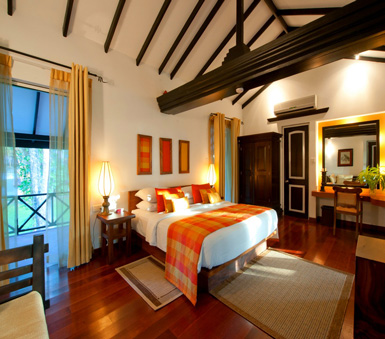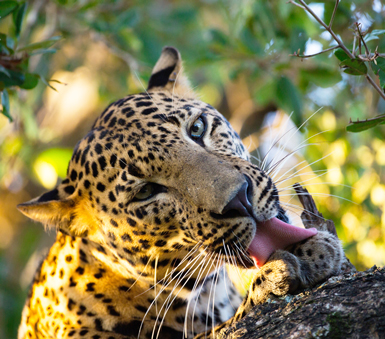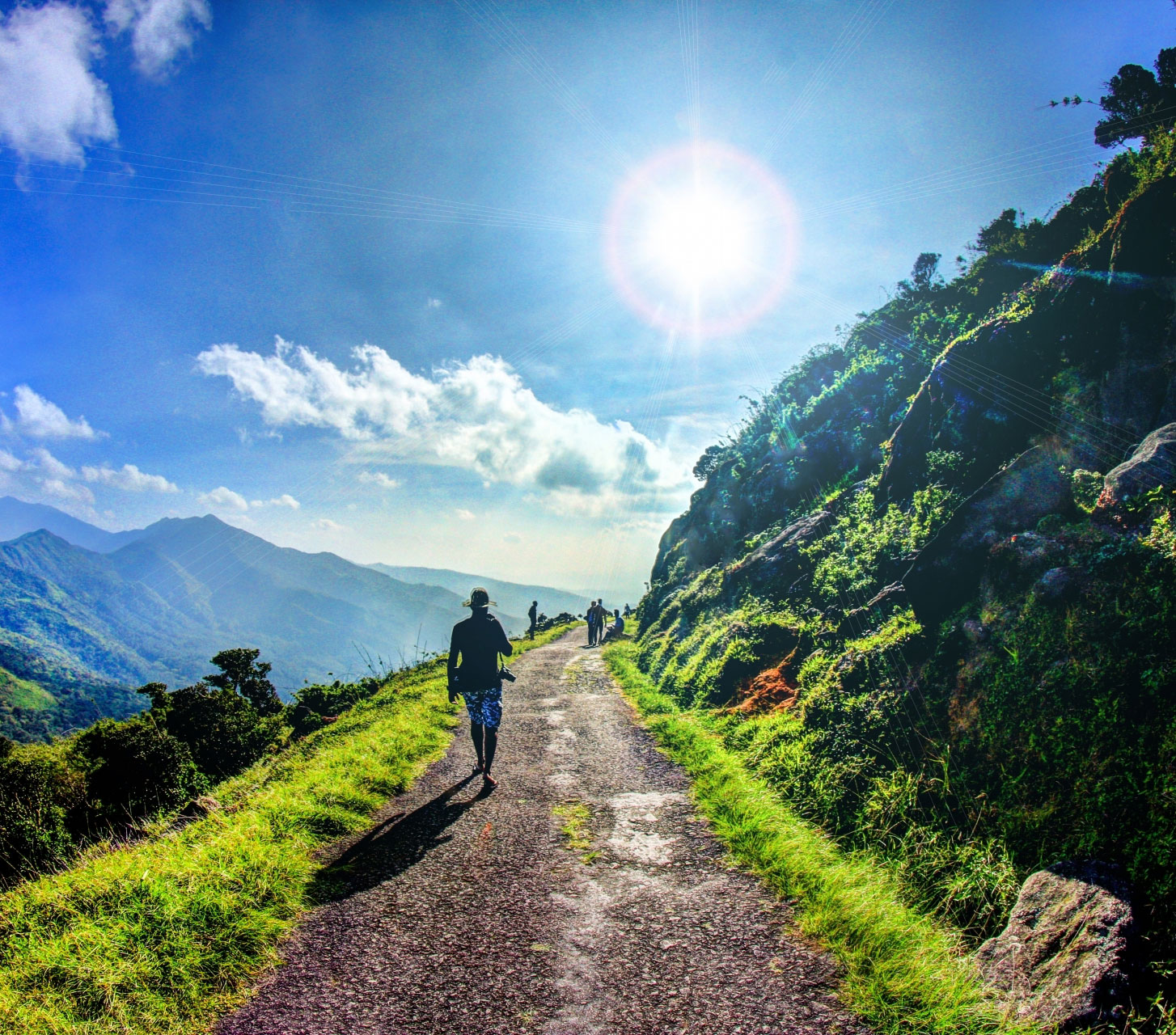Kandy (Maha Nuwara; Sinhala: මහ නුවර; Tamil: கண்டி) is the charming hill capital of Sri Lanka and the island’s second largest city. At an elevation of 465 meters above sea level, Kandy is located 129 Km North-East of Colombo. Nestling midst low hills, and looped by the Mahaweli river; Kandy is the country’s religious and cultural center and a World Heritage City.
The city was born in the 14th century and became the capital of the Kandyan kingdom in the 16th century. It was the seat of much of Sri Lanka’s culture. The Royal City fell to the British in 1815, when the last Kandyan King, Sri Wickrema Rajasinghe was captured.
For Buddhists, Kandy Hill Capital Sri Lanka is the sacred city. The focal point is the Dalada Maligawa also known as the temple of the tooth, where the Sacred Tooth Relic of Lord Buddha is enshrined. There are many shrines and temples in and around Kandy, where you will see rare paintings, frescoes, wood and stone carvings.
Kandy is still the home of the arts and crafts, music and dance and song which flourished under the patronage of the Kandyan Kings.
Kandy – Points of Interest
Dalada Maligawa
The Dalada Maligawa is also known the Temple of the Sacred Tooth Relic. Dalada Maligawa is a Buddhist temple in the city of Kandy which was the last capital of the Sinhalese kings. It is the most blessed sites of worship for Buddhists from all over the world. The temple that was built during the 16th century is the abode for the Tooth Relic of the Buddha (left canine tooth to be precise). It was brought to Sri Lanka by two siblings from the Kalinga province in India in the 4th century AD.
The Temple of the Sacred Tooth relic is the ‘lodestar of the Buddhists”. The present Temple was constructed mainly under the Kandyan Kings from 1687 to 1707, and 1747-82. It is an imposing structure, surrounded by a deep moat. One of the most spectacular sections of this temple; the Pattirippuwa or the Octagon, was added by king Sri Wickrema Rajasingha in the early 19th Century. He also built the Kandy lake.
Rituals are enacted daily in the temple to venerate the relic, accompanied by flute playing and drumming.
The ‘Dalada Maligawa’ is in the UNESCO list of World Monuments. There is also an annual procession which commences at the Maligawa called the Esala Perahera, also known as the festival of the Tooth. This is where the Tooth Relic is brought out of its chamber and is carried through the town on a decorated elephant.
Royal Botanical Gardens, Peradeniya
The Royal Botanical Gardens which is also known as the Peradeniya Gardens is renowned for its 300 and more variety of orchids, medicinal plants and herbs and spices. The birth of the Gardens dates back to 1371 during the reign of King Wickramabahu III who kept court near the Mahaweli river
The area, nearly 150 acres in extent, is beautifully undulated, its average elevation above sea-level being about 1,540 feet. The Royal Botanic Gardens at Peradeniya was formally established in 1821, six years after the final occupation of the Kandyan Kingdom by the English. However, its s history dates as far back as 1371 when King Wickramabahu III ascended the throne and kept court at Peradeniya near the Mahaweli River. The site is less than four miles from Kandy on the Colombo road, and occupies a loop of the river Mahaweli.
Gadaladeniya Temple
Gadaladeniya Temple sited on a rock, was built by king Buvanekabahu IV and completed in 1344 AD. It has a rooted dagoba and many splendid stone carvings, ornamental pillars and panels with figures of dancers and musicians. A moonstone marks the entry to the main shrine.
Malwatte and Asgiriya Monasteries
Kandy’s principal Buddhist Viharas (Monasteries) have considerable importance – the chief incumbents (high priests) of these two monasteries, are the senior ecclesiastics of the Buddhist order in Sri Lanka. The Malwatte monastery on the southern side across the lake is embellished with 18th century architectural design and planning. The higher order ordination of the sangha (the monks), take place annually in both these temples.
The Asgiriya Temple is situated in the western side of the city at Asgiriya. In one of the shrine rooms of this temple is a gigantic Buddha statue of the recumbent Buddha. In Asgiriya is also found the cremation ground of the Kandyan Royalty.
Lankathilaka Viharaya
Built on a rocky outcrop, the Lankathilaka Viharaya is reached by a long series of steps cut directly into the rock. A cruciform brick building in three storeys, it has a peculiar architectural design.
The temple is full of exquisite painted scenes of the lives of 24 former Buddhas and there is a colossal seated image of the Buddha.
Embekke Devale
Situated at Welamboda, Embekke Temple is a deistic shrine dedicated to lord Kataragama.
This is a superb example of architecture in wood, and was established by King Vikramabahu in 1371 AD.
The wood art of this temple is astounding – dancers, swans, creepers, soldiers on horseback, floral emblems, double-headed eagles, wrestlers, etc. Special treasures are the doorways of sandalwood and the palanquins used by King Rajasinghe II.
Degaldoruwa Temple
Degaldoruwa is a cave temple which could be reached by crossing the bridge at Lewella. It was built by King Rajasingha in 1771 AD. It is replete with outstanding murals of brilliant red backgrounds depicting the Jataka stories.

